'Pesellino: A Renaissance Master Revealed' at the National Gallery
The widely unknown painter is receiving a closer spotlight on his work – but the exhibition has split opinion
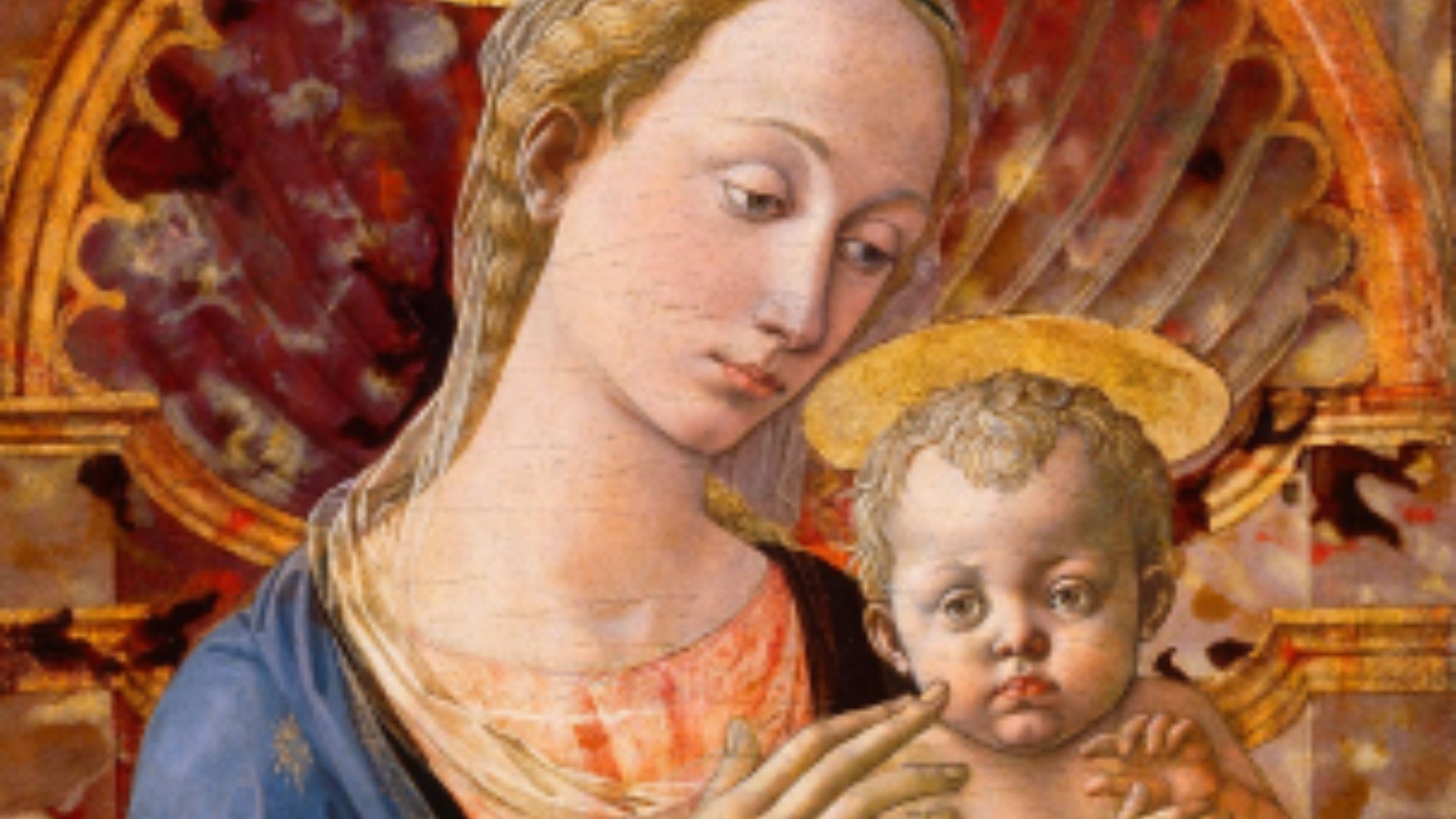
The Renaissance artist Pesellino may well be unfamiliar to you, said Waldemar Januszczak in The Sunday Times. He was unfamiliar to me, too. Born Francesco di Stefano in Florence in around 1422, he trained under his grandfather, an artist known as "Pesello" (the Italian word for "pea", but also Florentine street slang for "a tiny member"; Pesellino, its diminutive, thus translates as "even smaller member"). Despite his unfortunate nickname, Pesellino prospered. His art showed a genius for interesting detail, and for pictorial storytelling, winning him commissions from both the Medicis and the Papacy. Notably, he invented an intimate and "much copied" way of depicting the Madonna and Child on a small scale. Yet after his death from plague aged just 35, he was forgotten. Indeed, until the National Gallery opened this new show, he had never been the subject of an exhibition. Pesellino: A Renaissance Master Revealed "does do what it says on the tin": and it is a minor triumph. It contains only eight paintings – some fragments of larger works created in collaboration with other artists – but it is "a punchy, vivid, dramatic little event".
"There were reasons Pesellino was successful" in his lifetime, said Alastair Sooke in The Daily Telegraph. He had a particular knack for bestowing "clarity upon complex scenes", as witnessed by two panels depicting the story of David and Goliath. The former, clad in "a fluttering pink cape", appears repeatedly, ultimately emerging in triumph as he clutches "the giant’s severed head by the hair". The same work also testifies to Pesellino's "skill at representing animals", taking in "a whinnying, growling menagerie of domestic and exotic beasts", from cattle and falcons to a bear and a leopard. Alas, much here is too "small" or "fragmentary" to do Pesellino justice. Many early pictures appear "naive and stiff": one wilderness scene involving Saint Francis, for instance, gives us a "Christ-like seraph, zapping golden rays at the friar" like an "awkward comic-book superhero". Ultimately, this show is "a minor affair".
I disagree, said Jackie Wullschläger in the FT. One of Pesellino’s innovative, "domestic-scale" Madonna's explains why they were much imitated: the figures – a "waif-like" mother holding her "chubby baby with delicate hands, caressing his cheek with a finger" – are "crisply defined", the background "dazzlingly textured." Most striking, perhaps, is Pesellino’s final work, an altarpiece completed by Fra Filippo Lippi after his death. Depicting the Holy Trinity, it shows God supporting the crucified Christ, surrounded by other saints in "startling" poses. Here, Pesellino "exhilaratingly" points towards something entirely "new" in art, giving individuality to the scene’s supporting characters. Small though it is, this is the "loveliest" winter exhibition the National Gallery has mounted "in years".
The Week
Escape your echo chamber. Get the facts behind the news, plus analysis from multiple perspectives.

Sign up for The Week's Free Newsletters
From our morning news briefing to a weekly Good News Newsletter, get the best of The Week delivered directly to your inbox.
From our morning news briefing to a weekly Good News Newsletter, get the best of The Week delivered directly to your inbox.
National Gallery, London WC2 (020-7306 0055; nationalgallery.org.uk). Until 10 March. Free entry.
Sign up to The Week's Arts & Life newsletter for reviews and recommendations.
A free daily email with the biggest news stories of the day – and the best features from TheWeek.com
-
 ‘The menu’s other highlights smack of the surreal’
‘The menu’s other highlights smack of the surreal’Instant Opinion Opinion, comment and editorials of the day
-
 Education: More Americans say college isn’t worth it
Education: More Americans say college isn’t worth itfeature College is costly and job prospects are vanishing
-
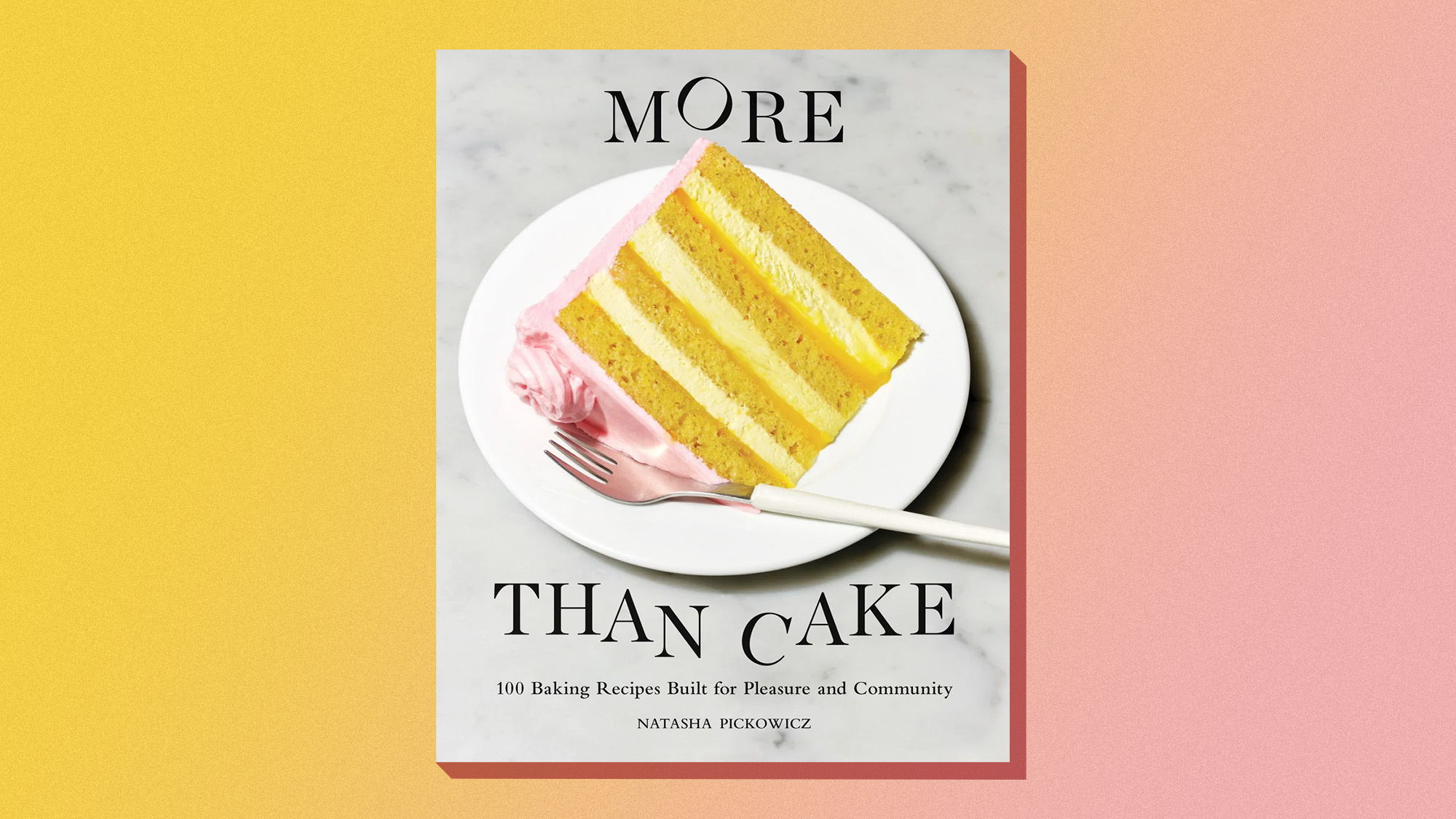 One great cookbook: ‘More Than Cake’
One great cookbook: ‘More Than Cake’the week recommends The power of pastry brought to inspired life
-
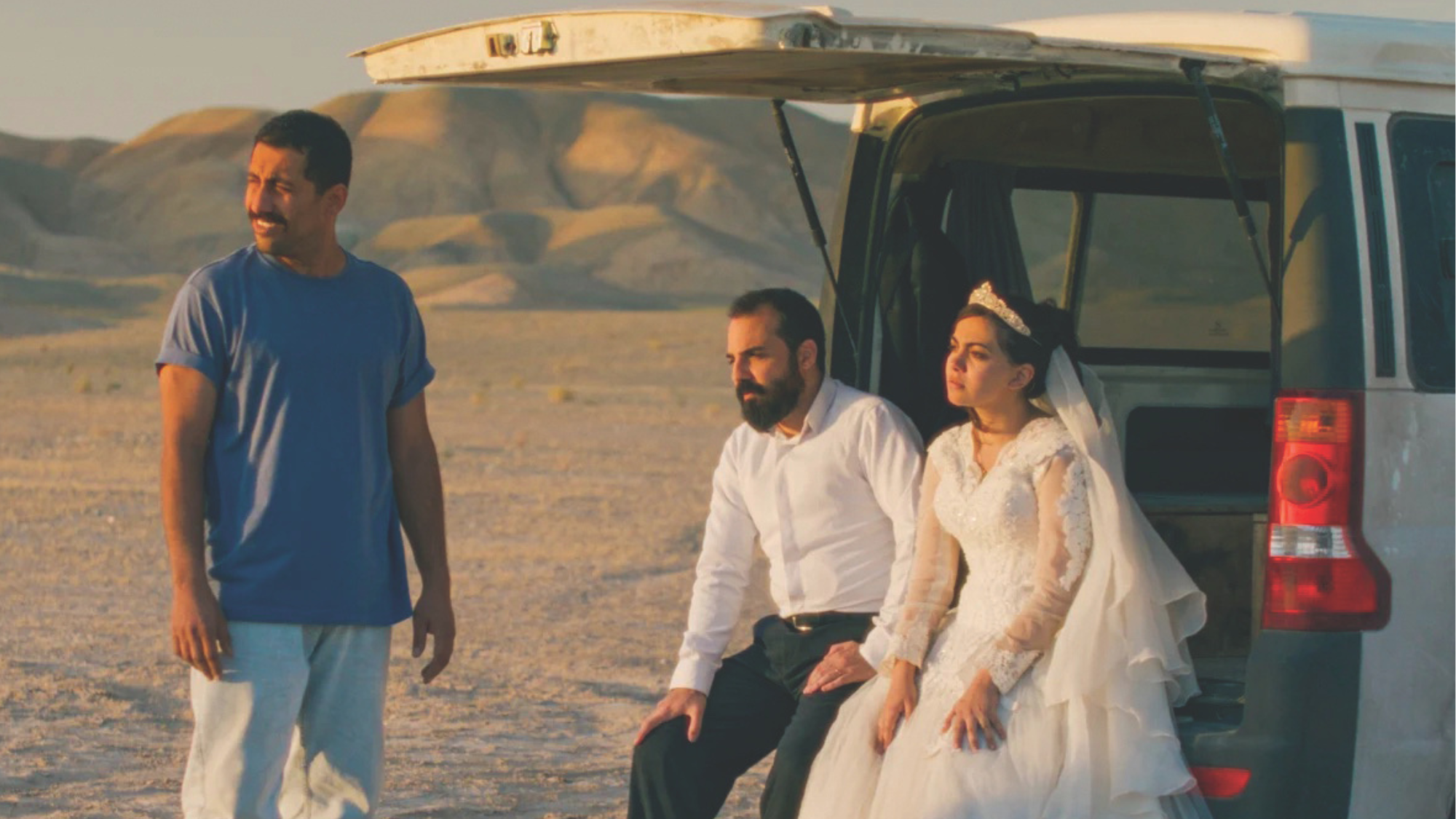 It Was Just an Accident: a ‘striking’ attack on the Iranian regime
It Was Just an Accident: a ‘striking’ attack on the Iranian regimeThe Week Recommends Jafar Panahi’s furious Palme d’Or-winning revenge thriller was made in secret
-
 Singin’ in the Rain: fun Christmas show is ‘pure bottled sunshine’
Singin’ in the Rain: fun Christmas show is ‘pure bottled sunshine’The Week Recommends Raz Shaw’s take on the classic musical is ‘gloriously cheering’
-
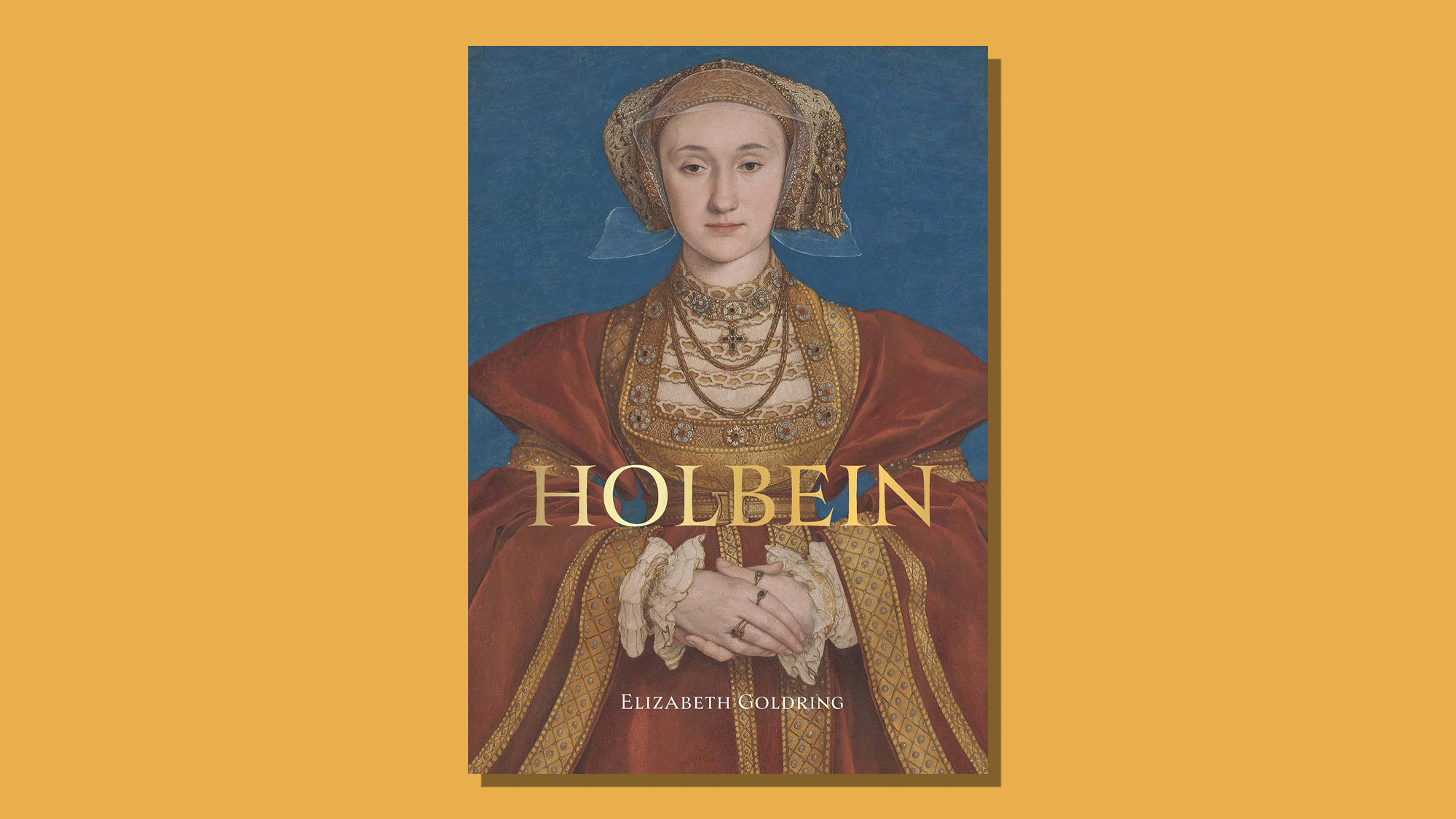 Holbein: ‘a superb and groundbreaking biography’
Holbein: ‘a superb and groundbreaking biography’The Week Recommends Elizabeth Goldring’s ‘definitive account’ brings the German artist ‘vividly to life’
-
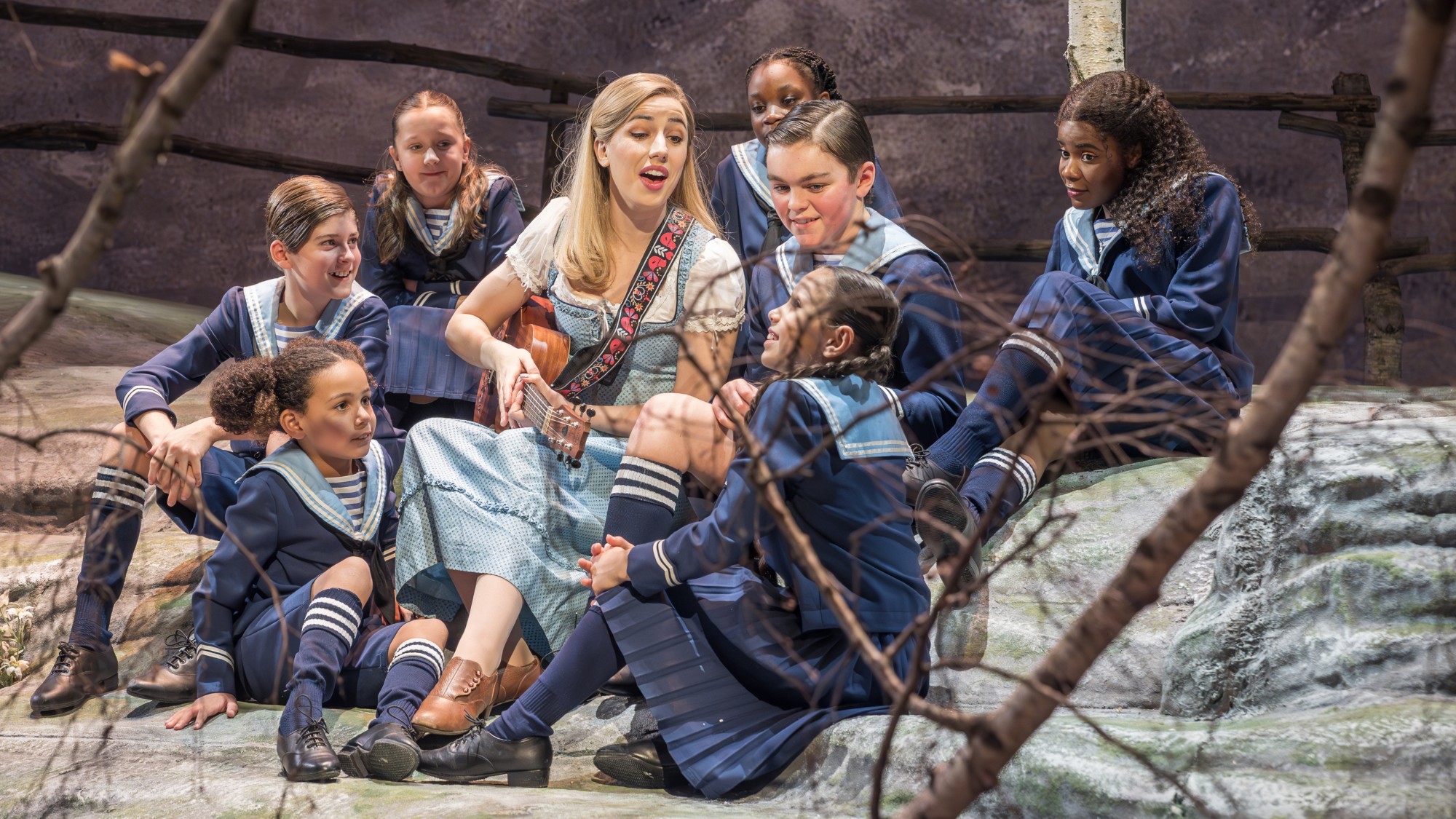 The Sound of Music: a ‘richly entertaining’ festive treat
The Sound of Music: a ‘richly entertaining’ festive treatThe Week Recommends Nikolai Foster’s captivating and beautifully designed revival ‘ripples with feeling’
-
 ‘Furious Minds: The Making of the MAGA New Right’ by Laura K. Field and ‘The Dream Factory: London’s First Playhouse and the Making of William Shakespeare’ by Daniel Swift
‘Furious Minds: The Making of the MAGA New Right’ by Laura K. Field and ‘The Dream Factory: London’s First Playhouse and the Making of William Shakespeare’ by Daniel SwiftFeature An insider’s POV on the GOP and the untold story of Shakespeare’s first theater
-
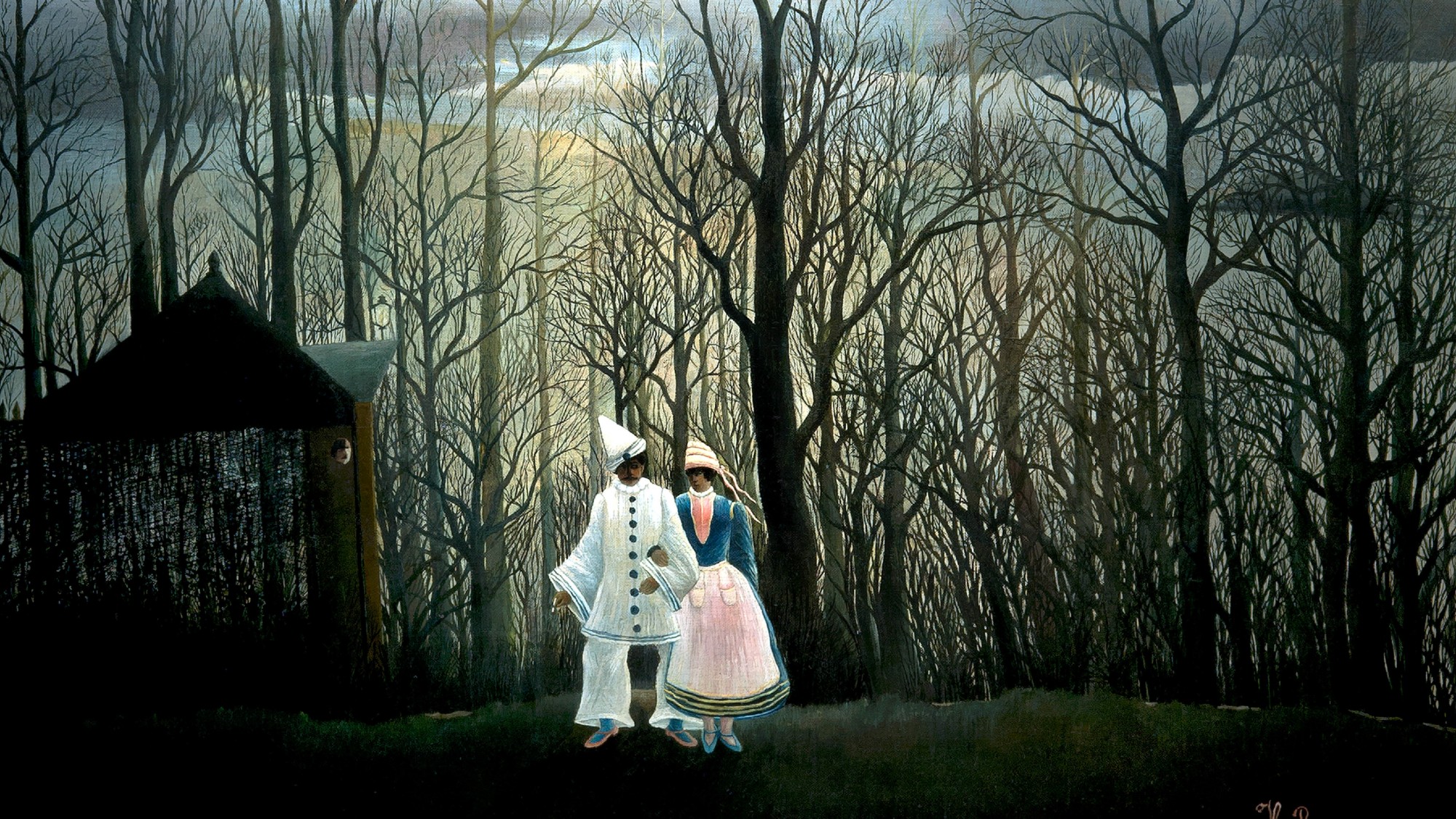 Henri Rousseau: A Painter’s Secrets
Henri Rousseau: A Painter’s Secretsfeature Barnes Foundation, Philadelphia, through Feb. 22
-
 Homes with great fireplaces
Homes with great fireplacesFeature Featuring a suspended fireplace in Washington and two-sided Parisian fireplace in Florida
-
 Film reviews: ‘The Secret Agent’ and ‘Zootopia 2’
Film reviews: ‘The Secret Agent’ and ‘Zootopia 2’Feature A Brazilian man living in a brutal era seeks answers and survival and Judy and Nick fight again for animal justice